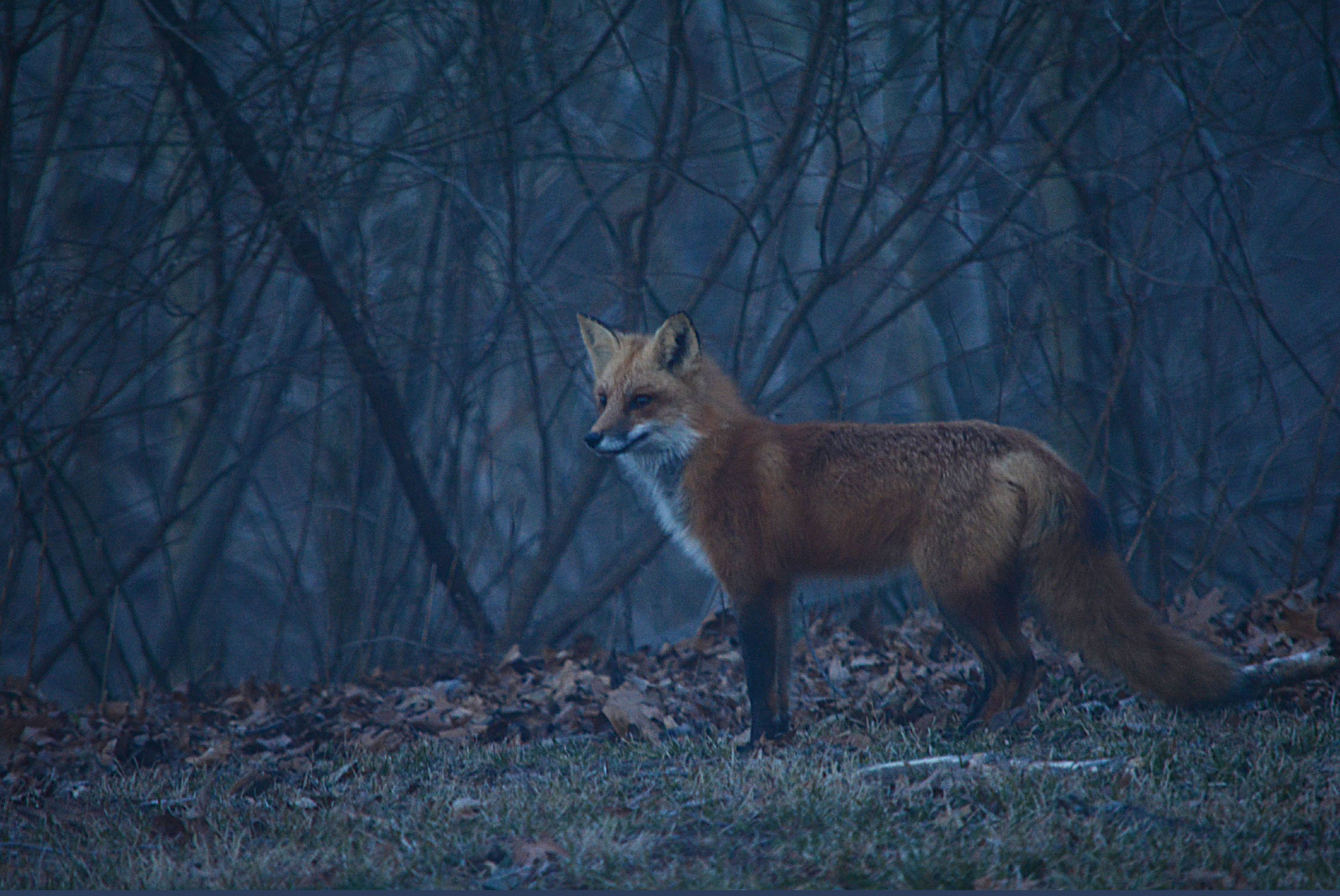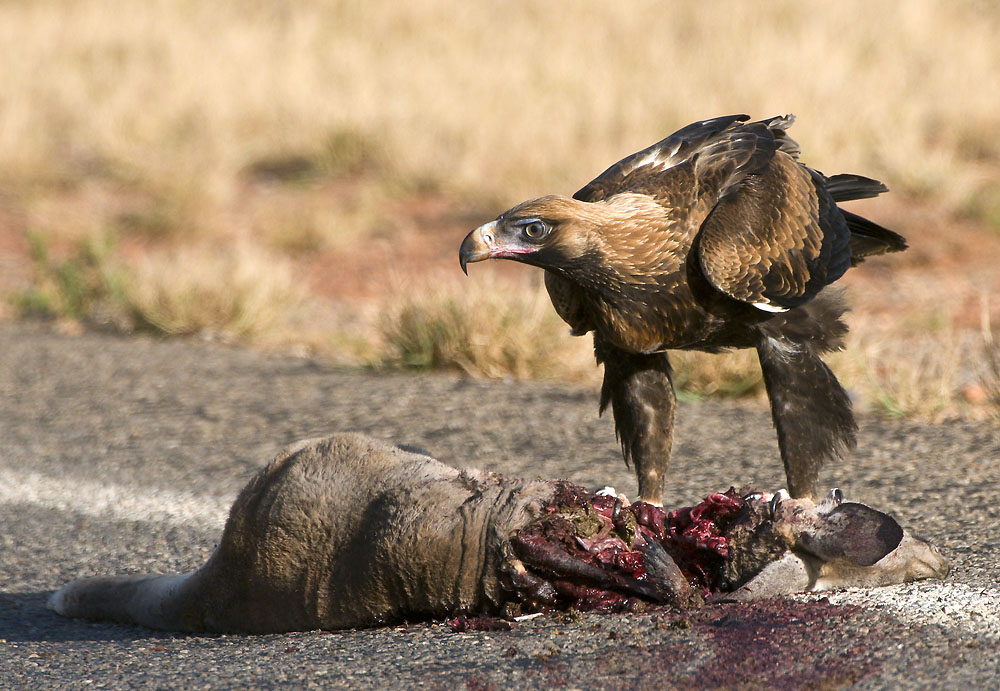|
Humboldt's Hog-nosed Skunk
Humboldt's hog-nosed skunk (''Conepatus humboldtii''), also known as the Patagonian hog-nosed skunk, is a species of hog-nosed skunk indigenous to the open grassy areas in the Patagonian regions of South Argentina and Chile. It belongs to the order Carnivora and the family Mephitidae. Appearance and anatomy This skunk is small and stocky, with a bare nose elongated for the purpose of finding ground beetles, grasshoppers and crickets.Zapata, Sonia C.; Travaini, Alejandro; Martínez-Peck, Rolando (January 2001), "Seasonal feeding habits of the Patagonian hog-nosed skunk ''Conepatus humboldtii'' in southern Patagonia", Acta Theriologica, 46: 97–102 Its fur is brownish-red with two symmetrical stripes on either side, extending to the tail. It ranges from 30 to 34 cm in body length, with a 17- to 21-cm tail. They usually weigh 1.5 to 3.0 kg. The skunk has long claws and well developed forelimbs in order to dig to locate prey. Its teeth are specialized for the consump ... [...More Info...] [...Related Items...] OR: [Wikipedia] [Google] [Baidu] |
John Edward Gray
John Edward Gray (12 February 1800 – 7 March 1875) was a British zoologist. He was the elder brother of zoologist George Robert Gray and son of the pharmacologist and botanist Samuel Frederick Gray (1766–1828). The same is used for a zoological name. Gray was keeper of zoology at the British Museum in London from 1840 until Christmas 1874, before the natural history holdings were split off to the Natural History Museum. He published several catalogues of the museum collections that included comprehensive discussions of animal groups and descriptions of new species. He improved the zoological collections to make them amongst the best in the world. Biography Gray was born in Walsall, but his family soon moved to London, where Gray studied medicine. He assisted his father in writing ''The Natural Arrangement of British Plants'' (1821). After being blackballed by the Linnean Society of London, Gray shifted his interest from botany to zoology. He began his zoological ... [...More Info...] [...Related Items...] OR: [Wikipedia] [Google] [Baidu] |
Pampas Cat
The Pampas cat (''Leopardus colocola'') is a small wild cat native to South America. It is listed as Near Threatened on the IUCN Red List as habitat conversion and destruction may cause the population to decline in the future. It is named after the Pampas, but occurs in grassland, shrubland, and dry forest at elevations up to . There was a proposal to divide the Pampas cat into three distinct species, based primarily on differences in pelage colour/pattern and cranial measurements. Accordingly, three species were recognised in the 2005 edition of ''Mammal Species of the World'': the colocolo (''L. colocolo''), the Pantanal cat (''L. braccatus''), and the Pampas cat (''L. pajeros'') with a more restricted definition. This split at species level was not supported by subsequent phylogeographic analysis, although some geographical substructure was recognised, and some authorities continue to recognise the Pampas cat as a single species. In the 2017 revision of fe ... [...More Info...] [...Related Items...] OR: [Wikipedia] [Google] [Baidu] |
Mammals Of Argentina
This is a list of the native mammal species recorded in Argentina. As of January 2020, the list contains 402 mammal species from Argentina, of which one is extinct, seven are critically endangered, seventeen are endangered, sixteen are vulnerable, and thirty are near threatened. The following tags are used to highlight each species' conservation status as assessed by the International Union for Conservation of Nature; those on the left are used here, those in the second column in some other articles: Subclass: Theria Infraclass: Metatheria Superorder: Ameridelphia =Order: Didelphimorphia (common opossums)= Didelphimorphia is the order of common opossums of the Western Hemisphere. Opossums probably diverged from the basic South American marsupials in the late Cretaceous or early Paleocene. They are small to medium-sized marsupials, about the size of a large house cat, with a long snout and prehensile tail. *Family: Didelphidae (American opossums) **Subfamily: Caluromyi ... [...More Info...] [...Related Items...] OR: [Wikipedia] [Google] [Baidu] |
Mammals Of Patagonia
A mammal () is a vertebrate animal of the Class (biology), class Mammalia (). Mammals are characterised by the presence of milk-producing mammary glands for feeding their young, a broad neocortex region of the brain, fur or hair, and three Evolution of mammalian auditory ossicles, middle ear bones. These characteristics distinguish them from reptiles and birds, from which their ancestors Genetic divergence, diverged in the Carboniferous Period over 300 million years ago. Around 6,640 Neontology#Extant taxon, extant species of mammals have been described and divided into 27 Order (biology), orders. The study of mammals is called mammalogy. The largest orders of mammals, by number of species, are the rodents, bats, and eulipotyphlans (including hedgehogs, Mole (animal), moles and shrews). The next three are the primates (including humans, monkeys and lemurs), the Artiodactyl, even-toed ungulates (including pigs, camels, and whales), and the Carnivora (including Felidae, ... [...More Info...] [...Related Items...] OR: [Wikipedia] [Google] [Baidu] |
American Society Of Mammalogists
The American Society of Mammalogists (ASM) was founded in 1919. Its primary purpose is to encourage the study of mammal A mammal () is a vertebrate animal of the Class (biology), class Mammalia (). Mammals are characterised by the presence of milk-producing mammary glands for feeding their young, a broad neocortex region of the brain, fur or hair, and three ...s, and professions studying them. There are over 4,500 members of this society, and they are primarily professional scientists who emphasize the importance of public policy and education. There are several ASM meetings held each year, and the society manages several publications such as the '' Journal of Mammalogy'', ''Special Publications'', '' Mammalian Species'', and ''Society Pamphlets''. The best known of these is the ''Journal of Mammalogy''. The ASM also maintains ''The Mammal Image Library'' which contains more than 1,300 mammal slides. A president, vice president, recording secretary, secretary-treasurer, a ... [...More Info...] [...Related Items...] OR: [Wikipedia] [Google] [Baidu] |
Mandible
In jawed vertebrates, the mandible (from the Latin ''mandibula'', 'for chewing'), lower jaw, or jawbone is a bone that makes up the lowerand typically more mobilecomponent of the mouth (the upper jaw being known as the maxilla). The jawbone is the skull's only movable, posable bone, sharing Temporomandibular joint, joints with the cranium's temporal bones. The mandible hosts the lower Human tooth, teeth (their depth delineated by the alveolar process). Many muscles attach to the bone, which also hosts nerves (some connecting to the teeth) and blood vessels. Amongst other functions, the jawbone is essential for chewing food. Owing to the Neolithic Revolution, Neolithic advent of agriculture (), human jaws evolved to be Human jaw shrinkage, smaller. Although it is the strongest bone of the facial skeleton, the mandible tends to deform in old age; it is also subject to Mandibular fracture, fracturing. Surgery allows for the removal of jawbone fragments (or its entirety) as well a ... [...More Info...] [...Related Items...] OR: [Wikipedia] [Google] [Baidu] |
Conepatus Chinga
Molina's hog-nosed skunk, also called the Andes skunk (''Conepatus chinga''), is a skunk species from South America. It is found in Argentina, Bolivia, Brazil, Chile, Peru, Paraguay, and Uruguay, at elevations up to 5000 m. Habitat The Molina's hog-nosed skunk's native range is throughout mid to southern South America, Chile, Peru, northern Argentina, Bolivia, Paraguay, Uruguay, and southern Brazil. The mammal is therefore associated with temperate regions and open areas, mainly described as the Pampas biome and preferring to live in open vegetation, shrub forest and rocky sloped areas. Population and distribution Typically they will live alone in an average home range size of about 1.66 individuals/km2 with some overlapping and about six skunks per 3.5 km2. Although living in mostly solitary areas, the skunks will come together temporarily for mating purposes. Diet Foraging mainly at night, the skunk is omnivorous, eating birds, small mammals, eggs, insects, leaves, and fr ... [...More Info...] [...Related Items...] OR: [Wikipedia] [Google] [Baidu] |
Alexander Von Humboldt
Friedrich Wilhelm Heinrich Alexander von Humboldt (14 September 1769 – 6 May 1859) was a German polymath, geographer, natural history, naturalist, List of explorers, explorer, and proponent of Romanticism, Romantic philosophy and Romanticism in science, science. He was the younger brother of the Prussian minister, philosopher, and linguistics, linguist Wilhelm von Humboldt (1767–1835). Humboldt's quantitative work on botany, botanical geography laid the foundation for the field of biogeography, while his advocacy of long-term systematic geophysical measurement pioneered modern Earth's magnetic field, geomagnetic and meteorology, meteorological monitoring. Humboldt and Carl Ritter are both regarded as the founders of modern geography as they established it as an independent scientific discipline. Between 1799 and 1804, Humboldt travelled extensively in the Americas, exploring and describing them for the first time from a non-Spanish European scientific point of view. His des ... [...More Info...] [...Related Items...] OR: [Wikipedia] [Google] [Baidu] |
Insect
Insects (from Latin ') are Hexapoda, hexapod invertebrates of the class (biology), class Insecta. They are the largest group within the arthropod phylum. Insects have a chitinous exoskeleton, a three-part body (Insect morphology#Head, head, Thorax (insect anatomy), thorax and abdomen (insect anatomy), abdomen), three pairs of jointed Arthropod leg, legs, compound eyes, and a pair of antenna (biology), antennae. Insects are the most diverse group of animals, with more than a million described species; they represent more than half of all animal species. The insect nervous system consists of a insect brain, brain and a ventral nerve cord. Most insects reproduce Oviparous, by laying eggs. Insects Respiratory system of insects, breathe air through a system of Spiracle (arthropods), paired openings along their sides, connected to Trachea#Invertebrates, small tubes that take air directly to the tissues. The blood therefore does not carry oxygen; it is only partly contained in ves ... [...More Info...] [...Related Items...] OR: [Wikipedia] [Google] [Baidu] |
Crepuscular
In zoology, a crepuscular animal is one that is active primarily during the twilight period, being matutinal (active during dawn), vespertine (biology), vespertine/vespertinal (active during dusk), or both. This is distinguished from diurnality, diurnal and nocturnality, nocturnal behavior, where an animal is active during the hours of daytime and of night, respectively. Some crepuscular animals may also be active by moonlight or during an overcast day. Matutinal animals are active only after dawn, and vespertine (biology), vespertine only before dusk. A number of factors affect the time of day an animal is active. Predation, Predators hunt when their prey is available, and prey try to avoid the times when their principal predators are at large. The temperature may be too high at midday or too low at night. Some creatures may adjust their activities depending on local competition. Etymology and usage The word ''crepuscular'' derives from the Latin ''wiktionary:crepusculum, cre ... [...More Info...] [...Related Items...] OR: [Wikipedia] [Google] [Baidu] |
Carrion
Carrion (), also known as a carcass, is the decaying flesh of dead animals. Overview Carrion is an important food source for large carnivores and omnivores in most ecosystems. Examples of carrion-eaters (or scavengers) include crows, vultures, humans, hawks, eagles, hyenas, Virginia opossum, Tasmanian devils, coyotes and Komodo dragons. Many invertebrates, such as the Silphidae, carrion and burying beetles, as well as maggots of Calliphoridae, calliphorid flies (such as one of the most important species in ''Calliphora vomitoria'') and Flesh-fly, flesh-flies, also eat carrion, playing an important role in recycling nitrogen and carbon in animal remains. Carrion begins to decay at the moment of the animal's death, and it will increasingly attract insects and breed bacteria. Not long after the animal has died, its body will begin to exude a foul odor caused by the presence of bacteria and the emission of cadaverine and putrescine. Carrion can harbor many infectious and diseas ... [...More Info...] [...Related Items...] OR: [Wikipedia] [Google] [Baidu] |





